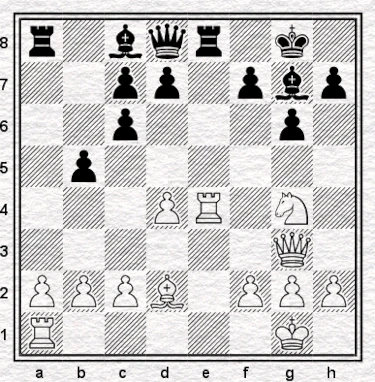
Checkmating with two bishops is a powerful endgame tactic that can be used to force a win against a lone king. The two bishops, one of each color, work together to create a checkmate by attacking the king from multiple angles, making it impossible for the opponent to escape capture.
What is the history of the two-bishop checkmate?
The history of the two-bishop checkmate can be traced back to the early days of chess, when the game was played with different rules and pieces. The two-bishop checkmate was not as common as it is today, as the game was typically played with only one bishop per side. However, as the game evolved and the rules changed, the two-bishop checkmate became more prevalent and is now considered a standard tactic in the endgame.
How to execute the two-bishop checkmate?
-
The key to successfully checkmating with two bishops is to control the key squares around the king. This is done by moving the bishops to squares where they can attack the king from multiple angles. The two bishops should be placed on opposite-colored squares, so that they can attack the king simultaneously, making it difficult for the opponent to move their king to safety.
-
Another important aspect of the two-bishop checkmate is to have control of the center of the board. This allows the bishops to have more mobility and the ability to attack the king from different angles. It is also important to have pawns on the board, as they can be used to limit the opponent’s options and to help control key squares around the king.
-
One of the most common ways to checkmate with two bishops is to use a “double attack” where both bishops attack the king from different angles. This can be done by placing one bishop on a light-colored square and the other on a dark-colored square, so that the two bishops can attack the king from different angles. The other way is to use a “battery” where both bishops line up on the same diagonal, attacking the same square, this is a very powerful way to checkmate.